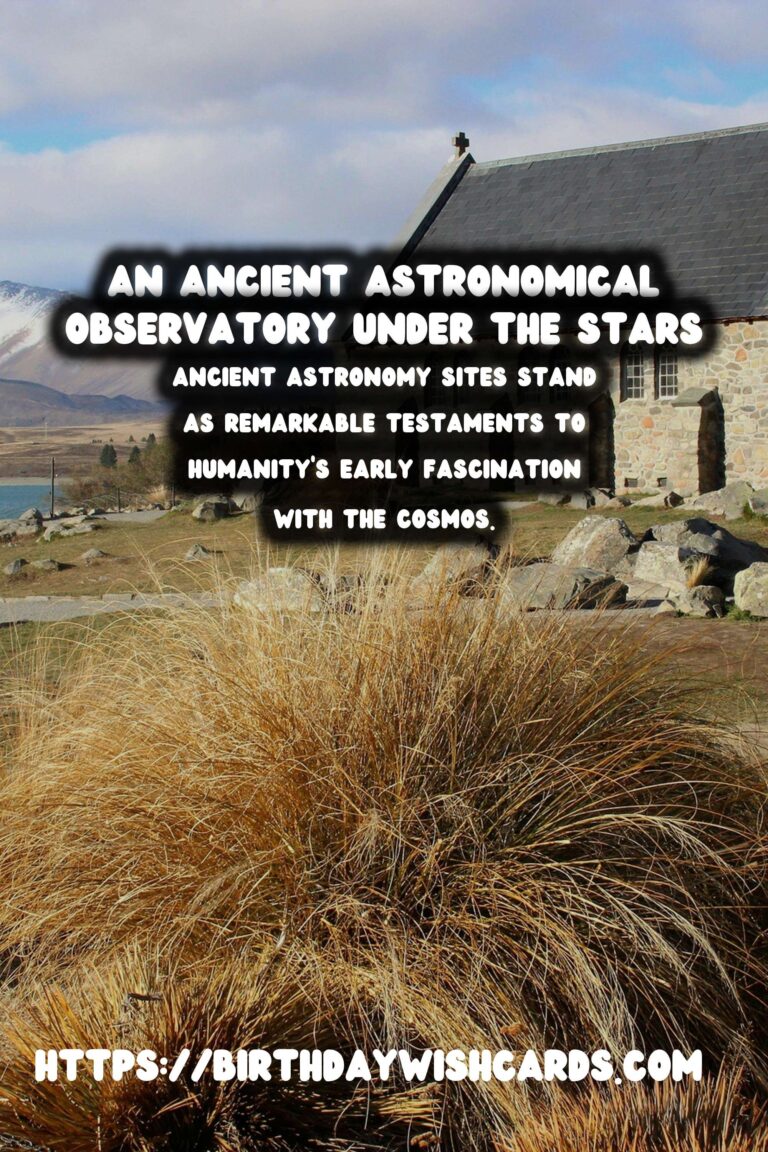
Ancient astronomy sites stand as remarkable testaments to humanity’s early fascination with the cosmos. These structures, scattered across the globe, served both as observatories and as temples, reflecting the cultural and spiritual values of their constructors. This article delves into the intriguing construction techniques of these sites and explores the purposes they served in ancient societies.
The Significance of Astronomy in Ancient Cultures
Ancient civilizations placed immense importance on the skies. The movements of celestial bodies such as the sun, moon, and stars played crucial roles in their agricultural practices, religious rituals, and navigation. Astronomy was not just a scientific pursuit; it was deeply woven into the fabric of everyday life.
For instance, the ancient Egyptians aligned their pyramids with the cardinal points and carefully observed the stars to keep track of time and orient their sacred buildings. This awareness of the cosmos was a guiding force in their civilization and influenced the construction of their iconic monuments.
Notable Ancient Astronomy Sites
Several ancient astronomical sites stand out due to their architectural brilliance and historical significance:
1. Stonehenge, England
Stonehenge is perhaps one of the most famous ancient monuments associated with astronomy. This Neolithic site in England consists of a ring of standing stones, some weighing up to 25 tons. It is believed that Stonehenge was used as a solar calendar, marking the solstices and equinoxes, and serving as a site for seasonal festivals and ceremonies.
2. Chichen Itza, Mexico
Chichen Itza, a complex of Mayan ruins, includes the Temple of Kukulcán, also known as El Castillo. This step pyramid is aligned with astronomical events such as the spring and autumn equinoxes, during which the setting sun casts shadows that resemble a serpent descending the pyramid’s steps, representing the feathered serpent deity, Kukulcán.
3. The Great Pyramids of Giza, Egypt
Aligned with remarkable precision to the cardinal points, the Great Pyramids of Giza reflect the Egyptians’ stellar knowledge. It’s believed that the pyramids were aligned to the poles by tracking the positions of certain stars. These monuments served not only as royal tombs but also as celestial beacons connecting the afterlife and the heavens.
4. Machu Picchu, Peru
Machu Picchu, an Incan citadel set high in the Andes Mountains, contains several structures with astronomical alignments. The Intihuatana stone, a ritual stone associated with astronomical observations, has been identified as a precise indicator of the equinoxes and other celestial events, demonstrating the Incas’ impressive understanding of celestial mechanics.
Construction Techniques of Ancient Astronomy Sites
The construction of these astronomical sites is a testament to the advanced understanding and skills of ancient builders. They employed sophisticated techniques to align structures with astronomical phenomena.
For instance, at Newgrange in Ireland, the passage tomb is oriented towards the winter solstice sunrise. The builders used megalithic stones to create a long passage that captures the solstice sun’s light, illuminating the inner chamber in a remarkable display of cosmic synchronization.
Moreover, many sites utilized simple astronomical tools such as gnomons and horizon calendars to track the positions of the sun and other celestial bodies. This adroit use of natural landmarks and shadow casting allowed ancient astronomers to develop complex, reliable calendars long before modern tools.
Purpose of Ancient Astronomy Sites
The purposes of these sites were multifold. They were integral to timekeeping, enabling accurate predictions of celestial events essential for agriculture. Additionally, they had profound religious and cultural significance, serving as venues for worship and the tracking of divine celestial events.
For the builders, aligning earthly sites with the heavens was an important symbolic connection. It embodied the harmonization of human existence with the universe, reflecting beliefs in divine order and cosmic cycles.
Furthermore, these sites acted as centers of education and astronomy, where knowledge about the cosmos was passed down through generations. By transmitting such knowledge, societies not only enhanced their agricultural productivity but also fostered rich spiritual and philosophical traditions.
The Legacy of Ancient Astronomy Sites
Today, ancient astronomy sites continue to captivate us with their mysteries and complexities. Archaeologists and astronomers study these sites to uncover insights into the technological prowess and worldviews of ancient cultures. Their existence reminds us of the shared human desire to understand our place in the cosmos.
In conclusion, ancient astronomy sites were far more than simple observatories. They were the heart of cultural, religious, and scientific life, bridging the earthly and the divine. Through these structures, ancient peoples demonstrated their rich understanding of the universe, leaving a legacy that continues to influence our perception of the cosmos.
Ancient astronomy sites stand as remarkable testaments to humanity’s early fascination with the cosmos. These structures, scattered across the globe, served both as observatories and as temples, reflecting the cultural and spiritual values of their constructors. 
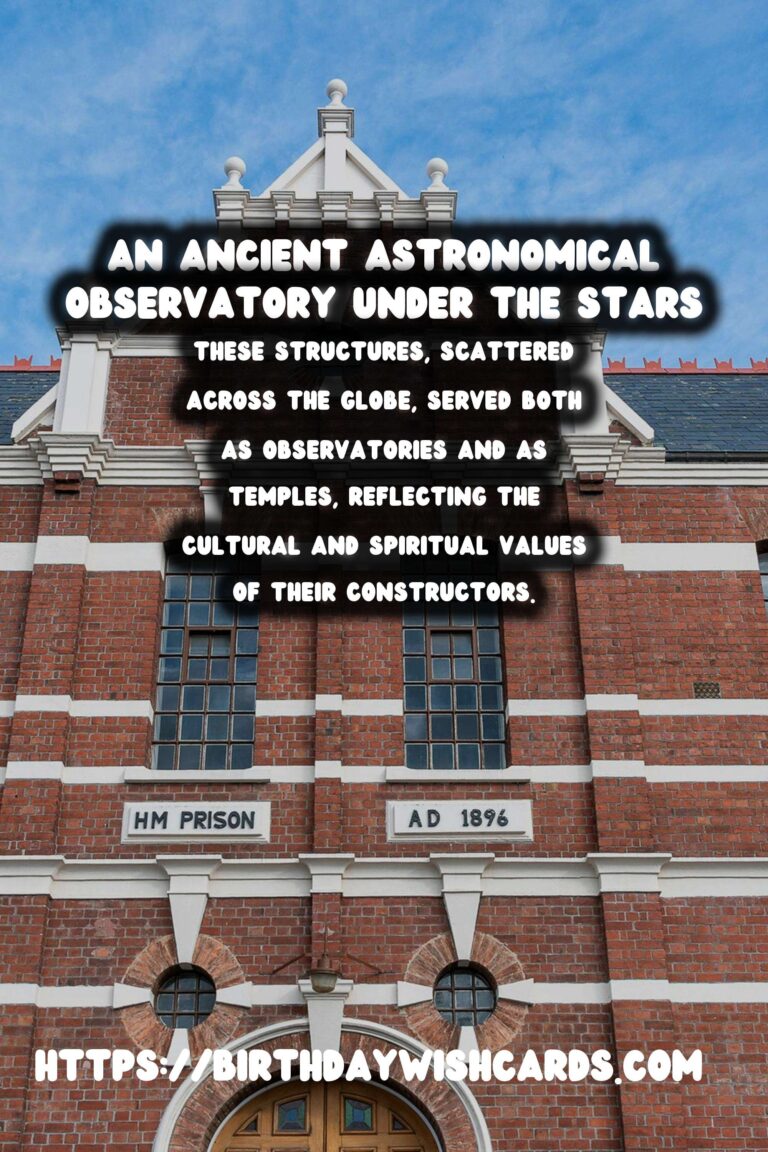
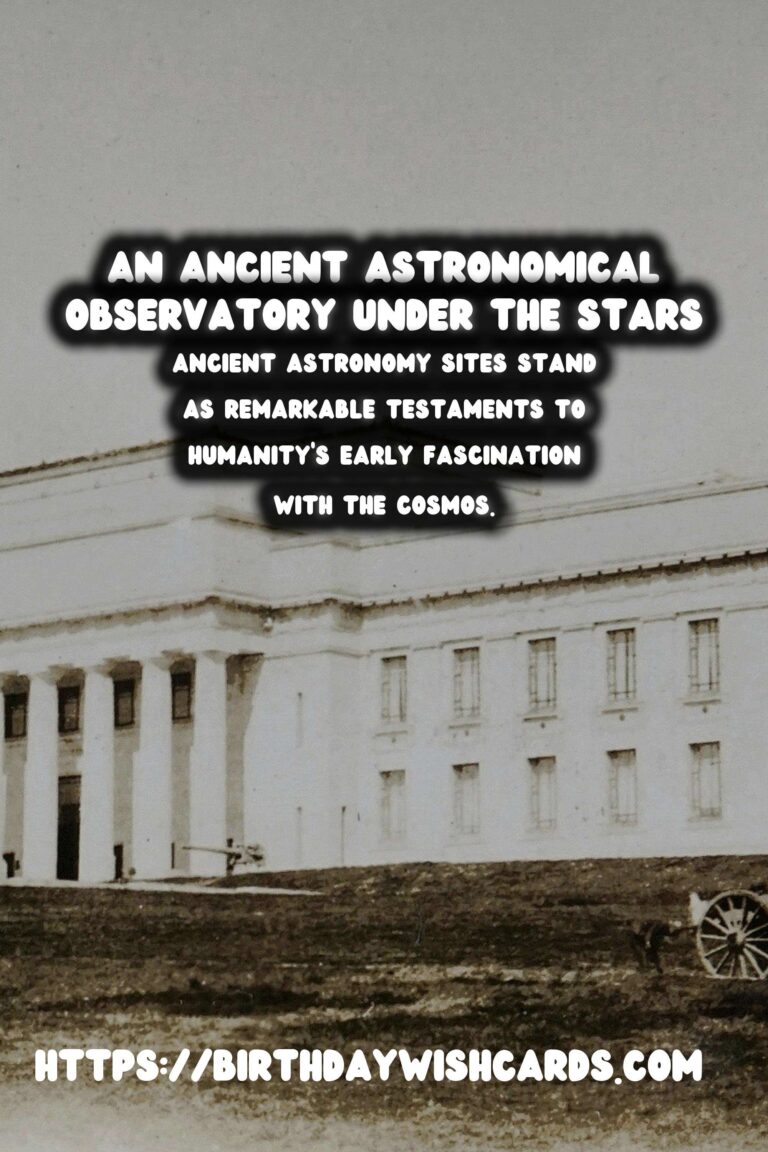
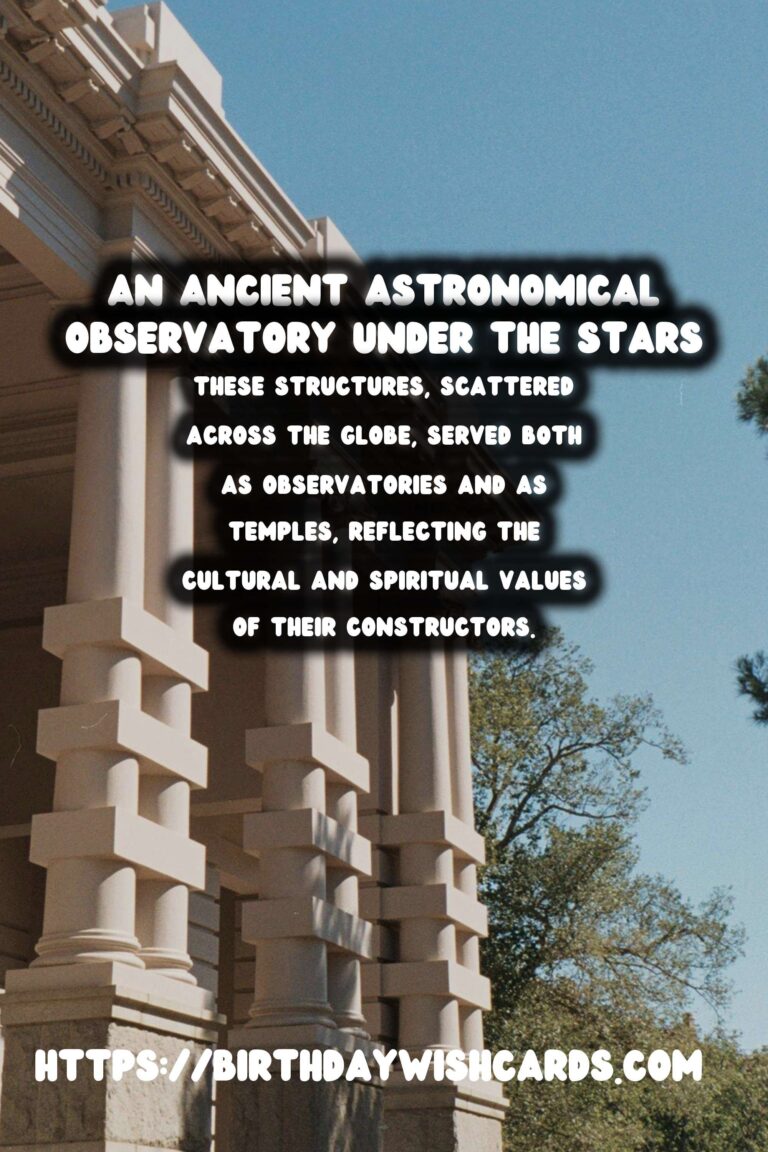
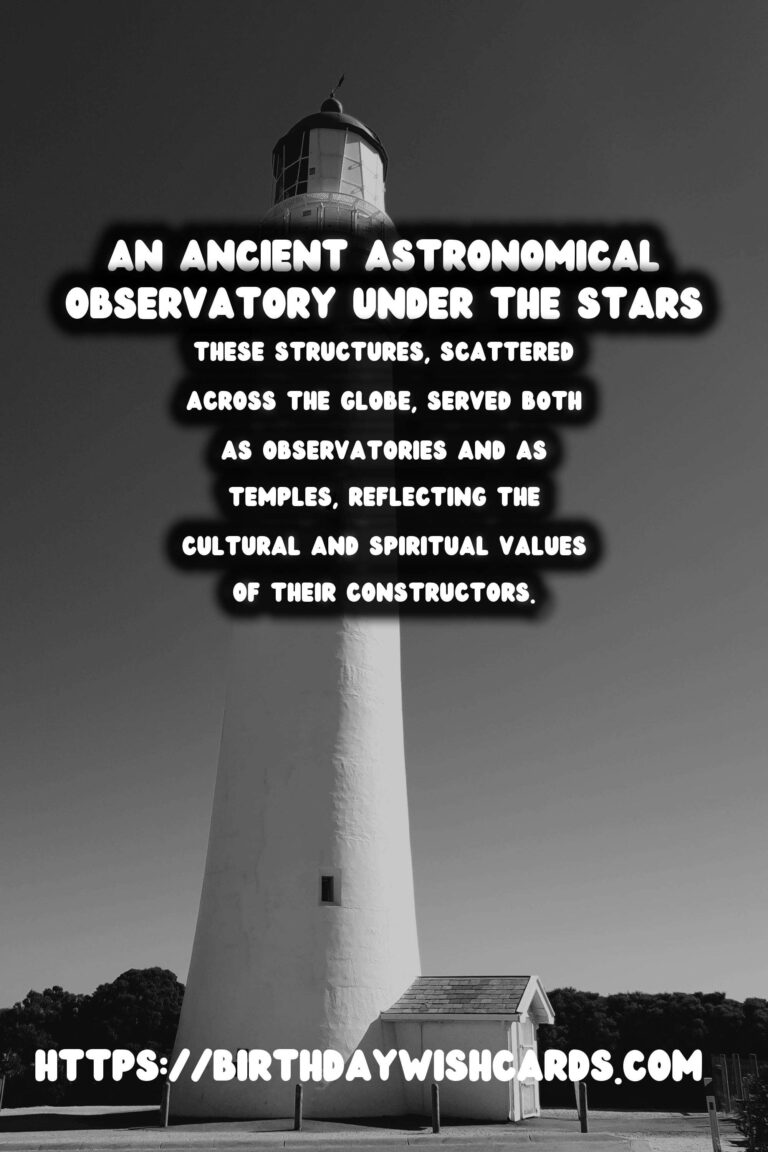
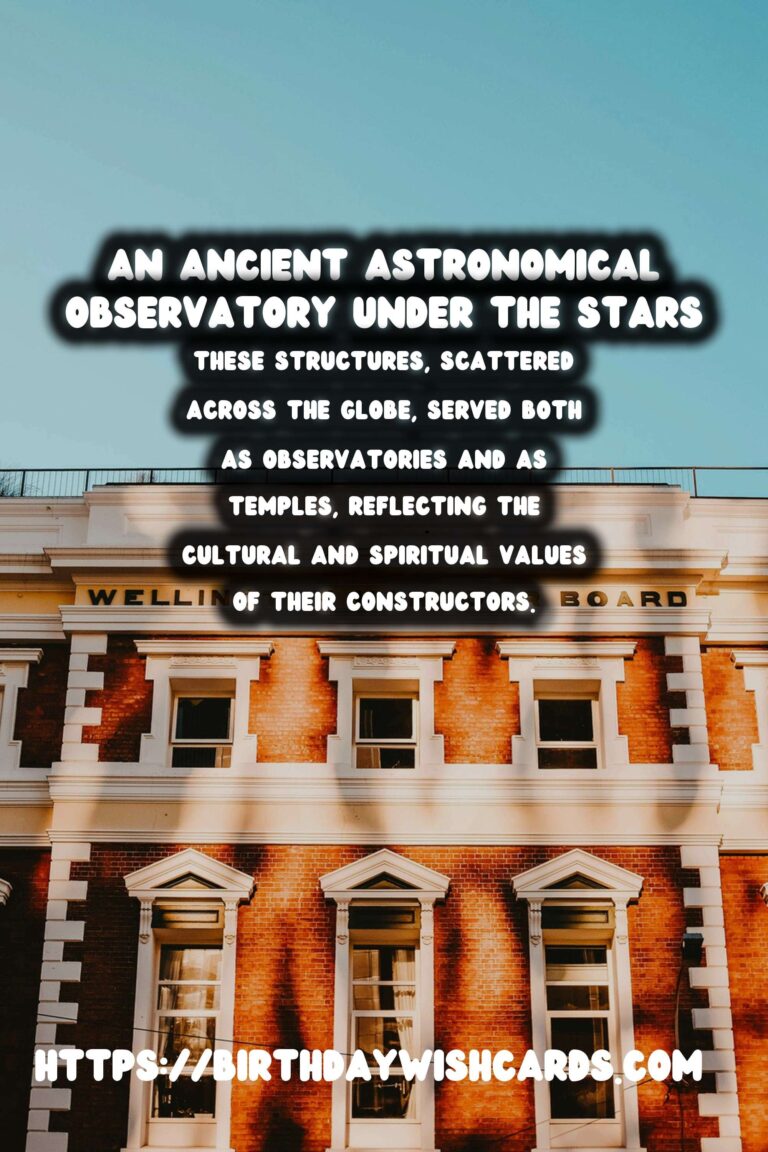
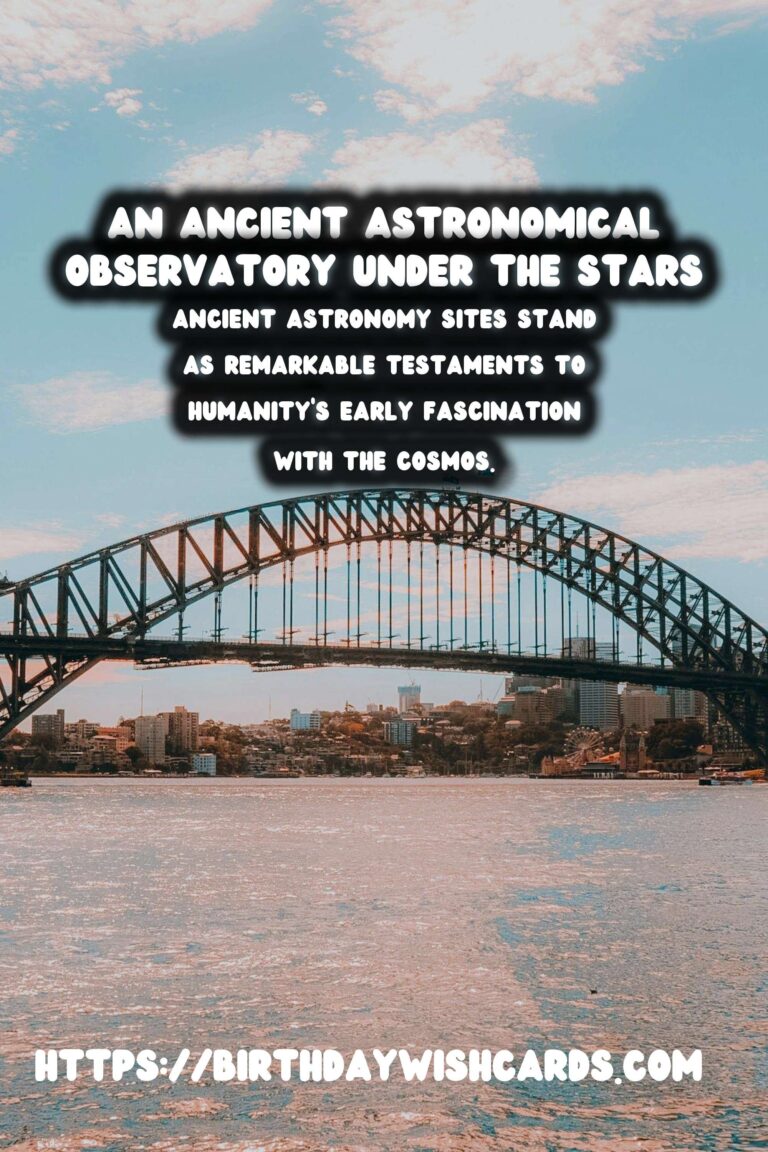
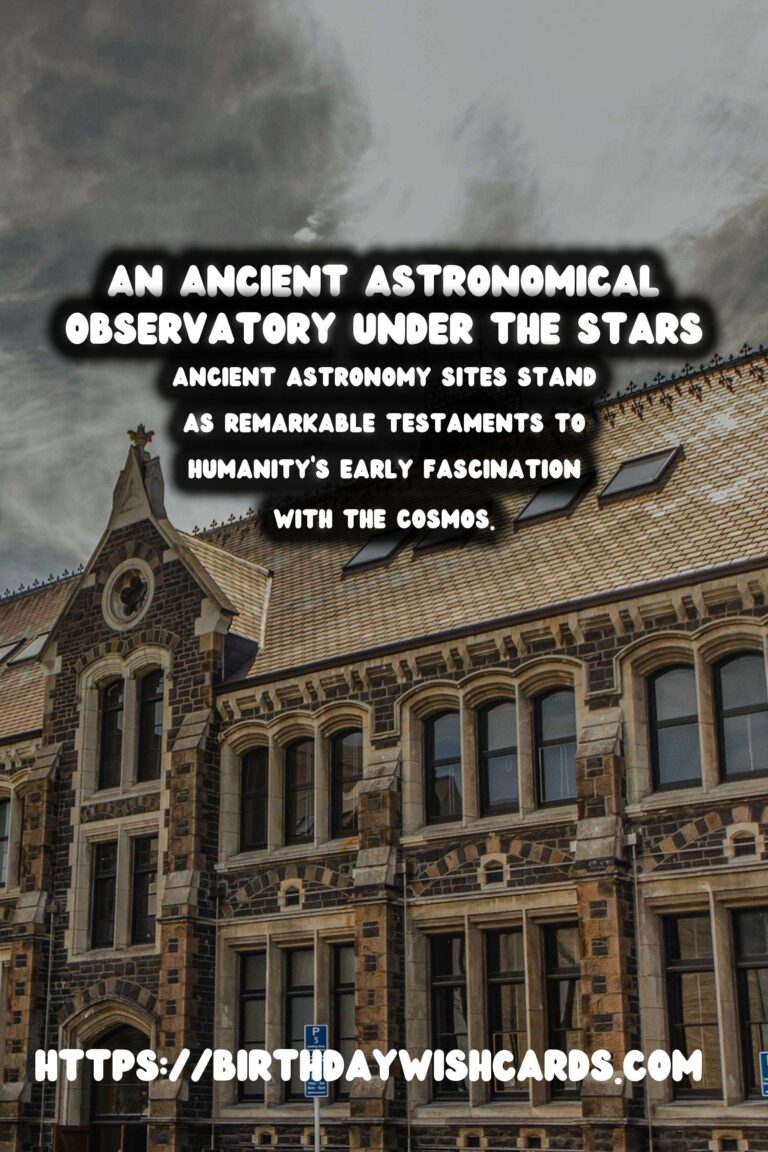
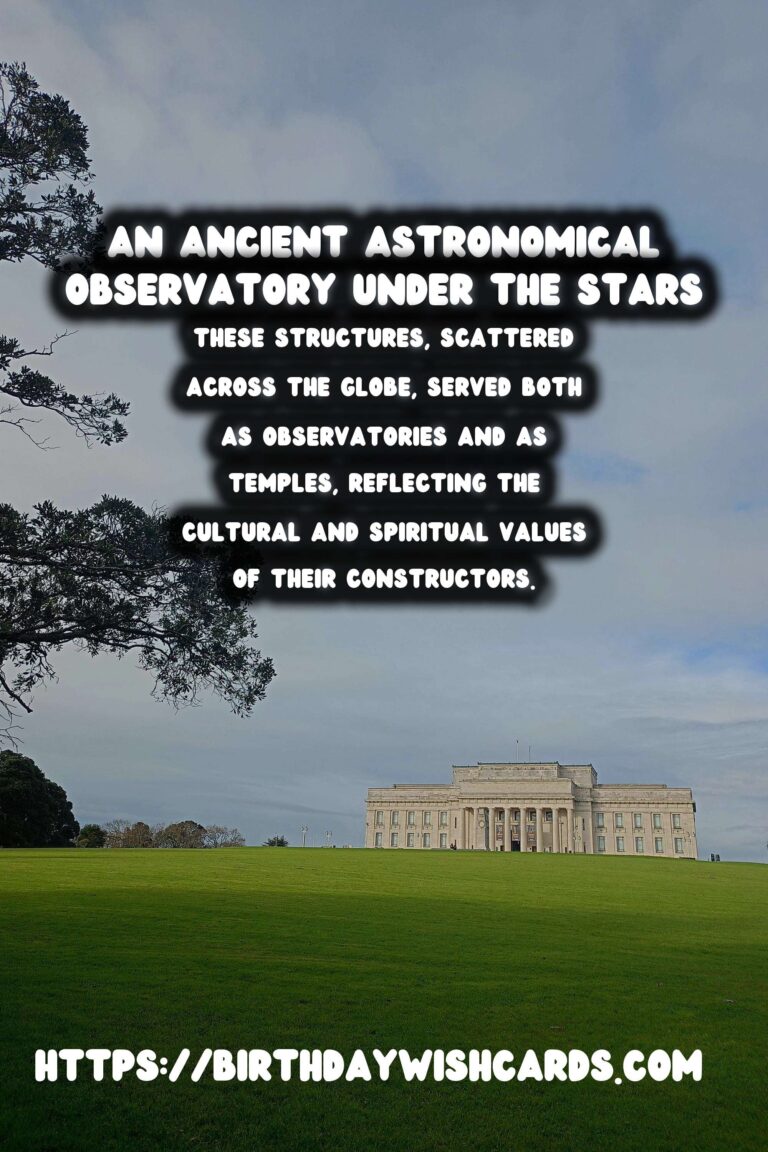
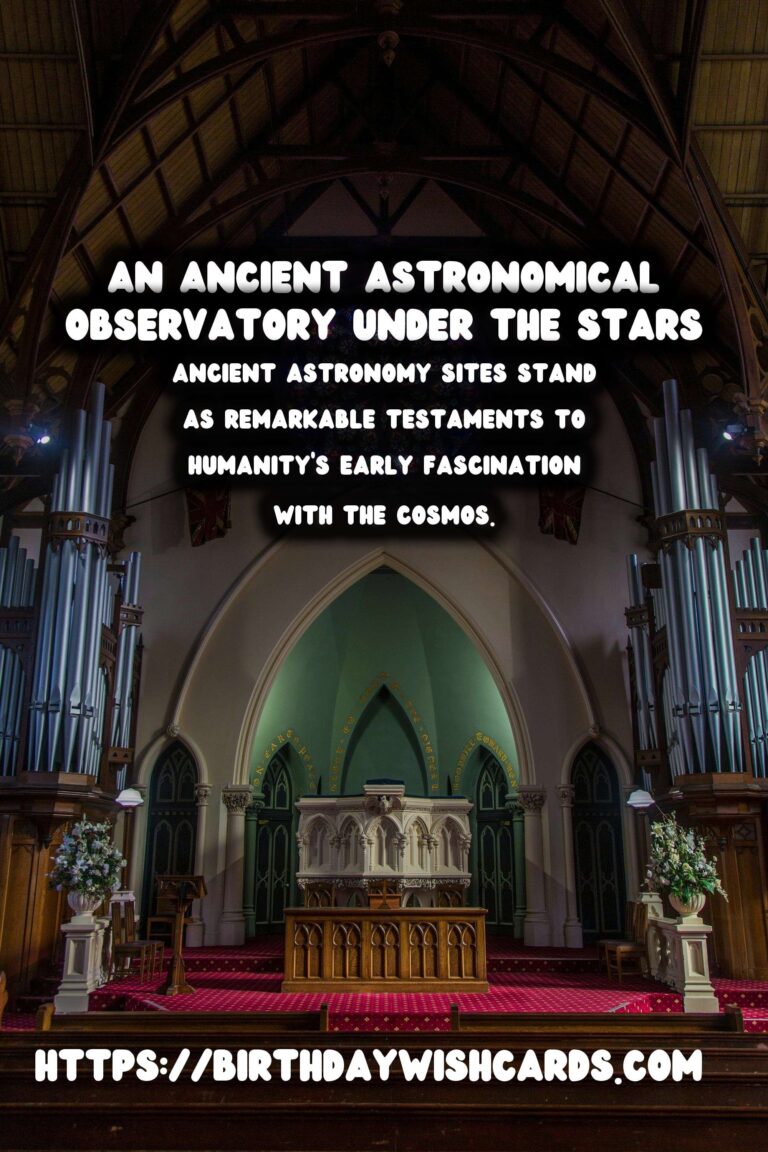
#AncientAstronomy #Archaeology




